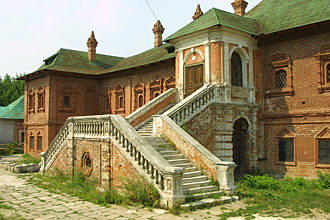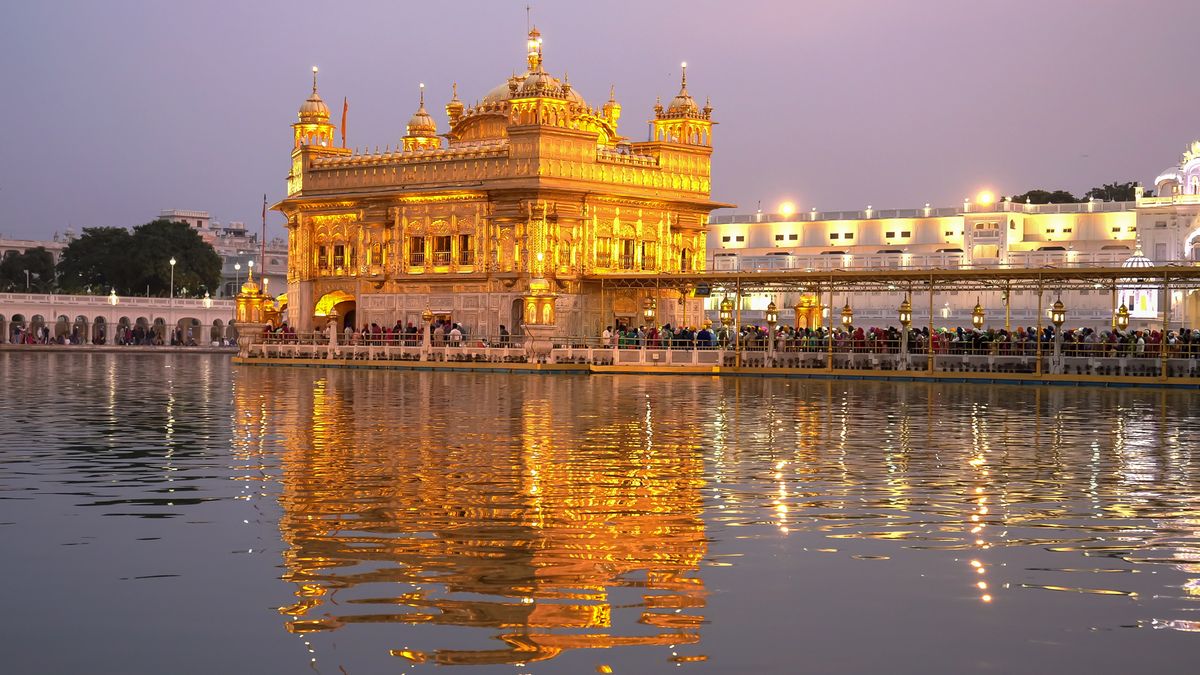See all Monasteries in Moscow
The Krutitsy Monastery
http://www.moscow.info/orthodox-moscow/krutitsy-monastery.aspxAbout
Sitting on the steep south bank of the Moskva River (the name derives from krutoy, the Russian word for 'steep'), this Krutitsy Monastery was one of the most important religious centers in medieval Russia, but suffered centuries of neglect before being saved by the great architect and restorer Pyotr Baranovsky, who established his workshops here after the Second World War. The result of his efforts is a unique collection of early Russian architecture that has retained its original aspect almost entirely unaltered. The Monastery was built in 1454 as the residence of the "Bishops of the Tsars and the Don", who had since 1261 held a seat in the Mongol-Tartar capital of Saray, ministering to Orthodox Christians in the lands of the Golden Horde. When the Horde collapsed, the seat moved to the village of Krutitsy, near Moscow. In the mid 16th Century, the bishops of Krutitsy were promoted to the rank of metropolitan, and their domain stretched to churches all along the banks of the Don and the Lower Volga. At the height of their powers, the metropolitans of Krutitsy controlled over 1,000 churches. In 1738, however, the bishopric was merged with that of Moscow, and the Krutitsy Monastery was abandoned. The site was later used, first by Catherine the Great, as a military prison, where Alexander Hertzen was probably the most famous inmate. The structures of the Krutitsy Monastery are all made from red brick, cut and layered to create elaborate decorations, and are dominated by the Holy Gate barbican, erected in the 1690's, which became an inspiration for the Russian revivalists of the 19th Century. Its influence can be clearly seen in the building of the State Historical Museum on Red Square. The tent roofed chapels and walkways also enclose the Cathedral of the Assumption, which combines the old 16th Century church and the new cathedral of 1683, which houses the metropolitans' burial vaults. Also of note is the Teremok, a box-like arched structure decorated with brightly-colored ornamental tiles. Though small and somewhat neglected, the Krutitsy Monastery is a unique ensemble of purely Russian architecture that is well worth visiting in conjunction with the nearby Novospassky Monastery.





